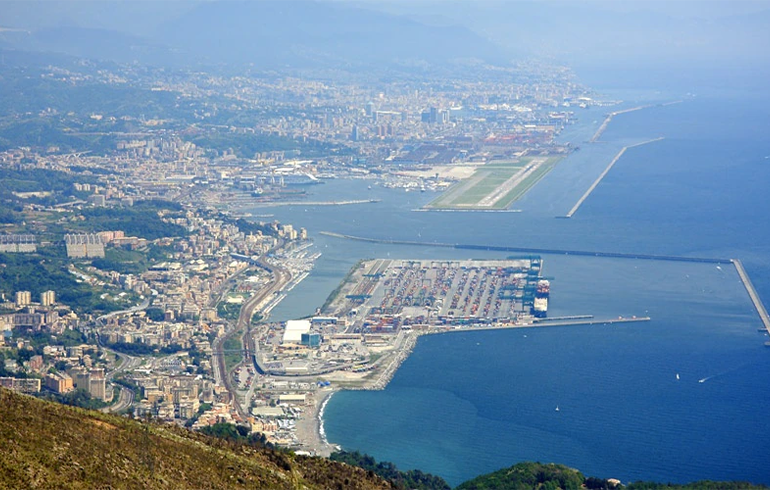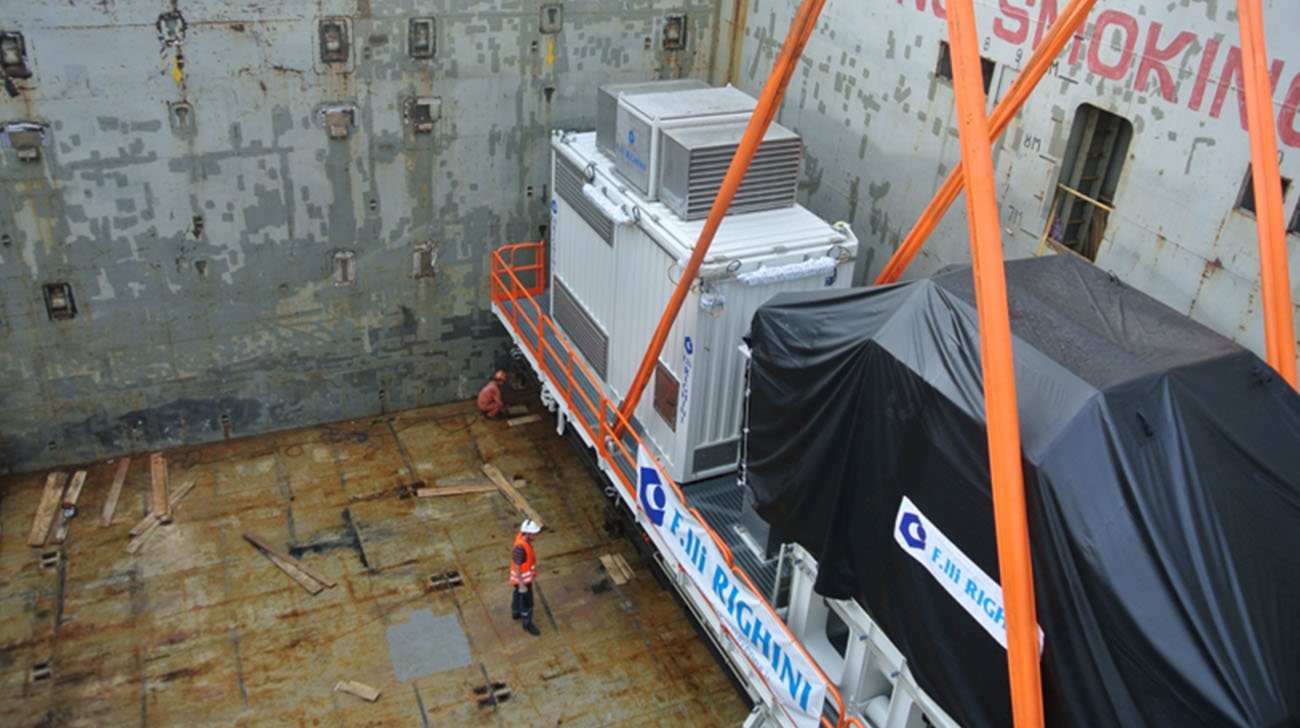
Milano è all’avanguardia nel migliorare la sicurezza stradale rendendo obbligatorio l’uso di sensori “salva-ciclisti” per i camion che entrano nella sua Area B. Ma come funzionano davvero questi dispositivi che promettono di migliorare la sicurezza stradale di ciclisti e pedoni? Scopriamolo in questo articolo.
Perché gli angoli sono ciechi?
Gli “angoli ciechi” sono le aree intorno a un veicolo, in particolare sui lati di un camion, che non possono essere osservate direttamente dal conducente. Questi punti rappresentano una minaccia significativa per ciclisti e pedoni perché il conducente potrebbe non vederli durante le manovre. In particolare, l’angolo cieco destro di un veicolo con guida a sinistra è un punto critico in cui possono verificarsi incidenti.
Cosa dice la legge?
Sebbene il Codice della Strada in Italia non richieda esplicitamente l’installazione di sensori per gli angoli ciechi, il Comune di Milano ha creato una norma locale che collega questa tecnologia ai regolamenti dell’Area B. Ciò significa che l’obbligo di utilizzare sensori “salva-ciclisti” è ora legato all’accesso a questa zona a traffico limitato.
Il sensore after market
Per gli autocarri che non sono già dotati di un sistema standard di monitoraggio dell’angolo morto, esistono soluzioni “after market”. Il prezzo di questi kit può variare notevolmente, con alcuni che arrivano a 5.000 euro. Questi sistemi aggiungono avvisi acustici e visivi nell’abitacolo e all’esterno del veicolo, simili ai sensori di parcheggio delle automobili.
Gli avvisi esterni spesso emettono suoni simili a quelli delle manovre dei camion pesanti, ma possono diventare inutili in ambienti urbani rumorosi. Gli avvisi in cabina, invece, possono essere più efficaci, a patto che il conducente non sia sopraffatto da una miriade di informazioni visive e uditive provenienti da vari strumenti.
Modelli di base e modelli evoluti di mercato
I modelli base di sensori “salva-ciclisti” consistono in specchietti aggiuntivi con diverse angolazioni e sensori di prossimità laterali. Questi sensori avvisano il conducente con segnali acustici o visivi se un oggetto o un ciclista si avvicina all’angolo morto mentre il camion sta svoltando.
Tuttavia, queste soluzioni non sono completamente integrate con il veicolo e possono portare a falsi positivi o negativi, oltre a causare un sovraccarico cognitivo per il conducente.
Modelli integrati dai produttori
I produttori di veicoli stanno introducendo sistemi di sicurezza avanzati, tra cui i sensori per gli angoli ciechi. Ad esempio, alcuni camion sono dotati di telecamere centrali che migliorano la visibilità centrale, particolarmente utile quando il cassone di carico ostruisce la visuale. Altri sistemi utilizzano sensori di distanza per attivare la frenata automatica di emergenza in caso di presenza di oggetti o persone nell’angolo cieco.
Assistenti alla svolta integrati
Un’altra categoria di sensori “salva-ciclisti” sono gli “assistenti di svolta”, che rilevano la presenza di ciclisti o pedoni mentre il camion sta svoltando. Questi sistemi sono attivi solo durante le manovre di svolta, il che li rende particolarmente utili per evitare incidenti in queste situazioni specifiche.
In conclusione, i sensori “salva-ciclisti” rappresentano un passo importante verso la sicurezza stradale, riducendo il rischio di incidenti tra camion, ciclisti e pedoni. Sebbene siano disponibili diverse tecnologie, l’obiettivo principale è garantire una maggiore consapevolezza e ridurre gli angoli ciechi, contribuendo a rendere le strade più sicure per tutti.
Priano Marchelli SPA






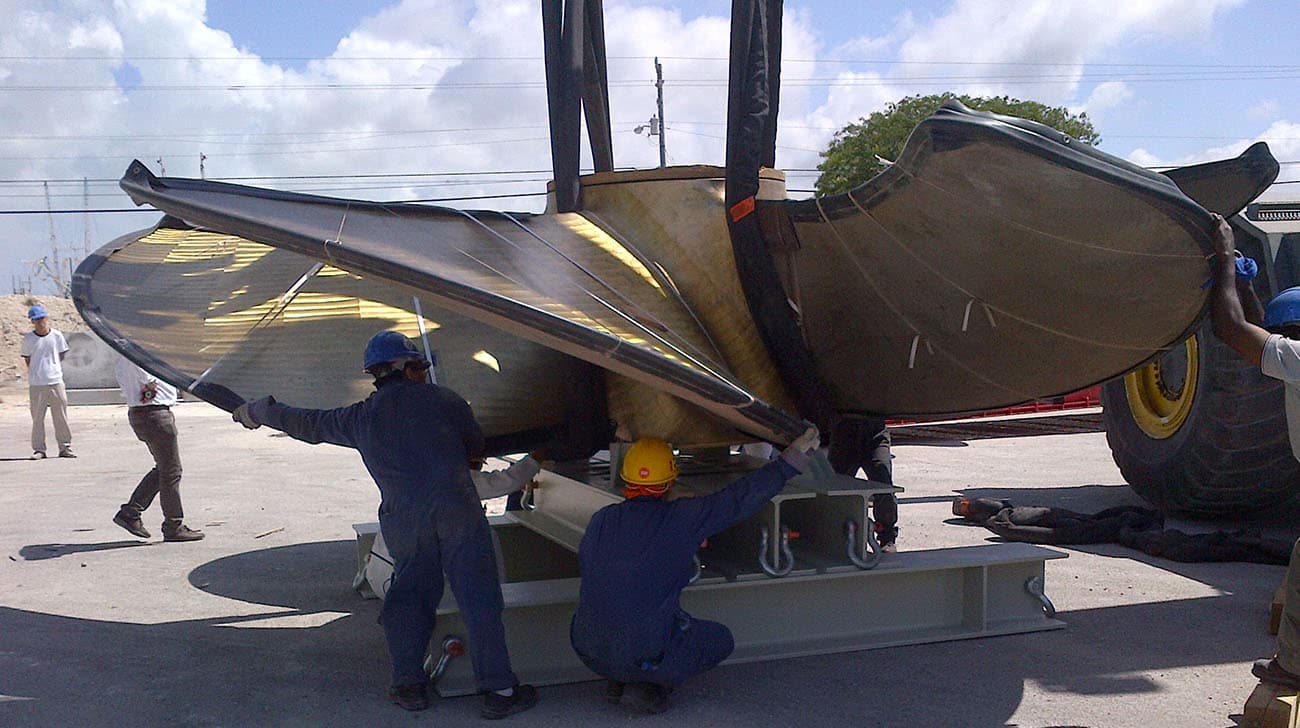

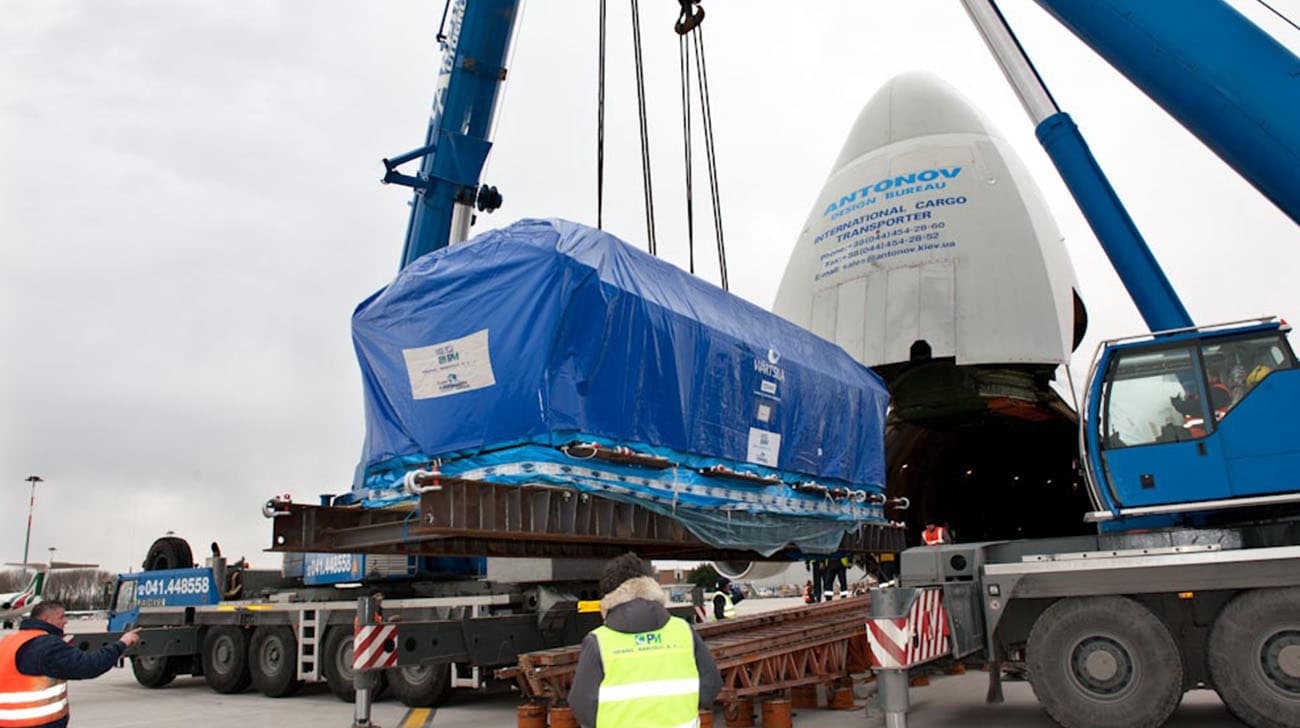
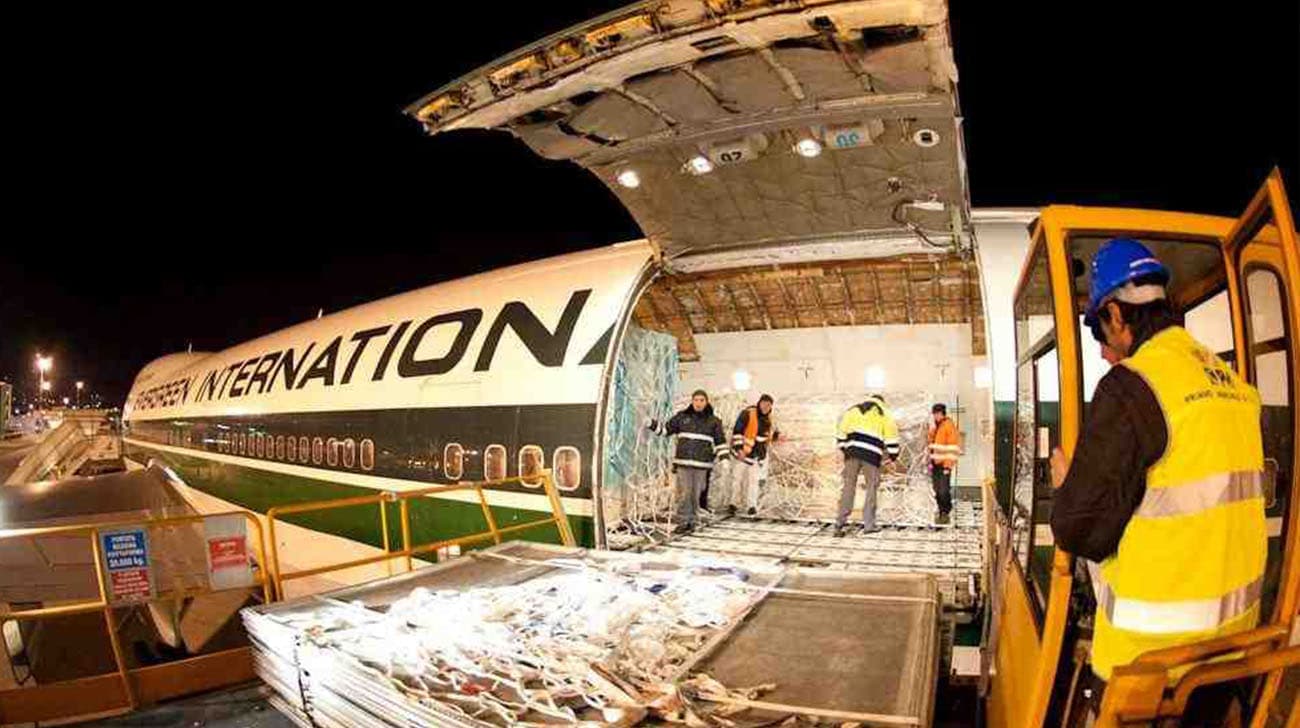
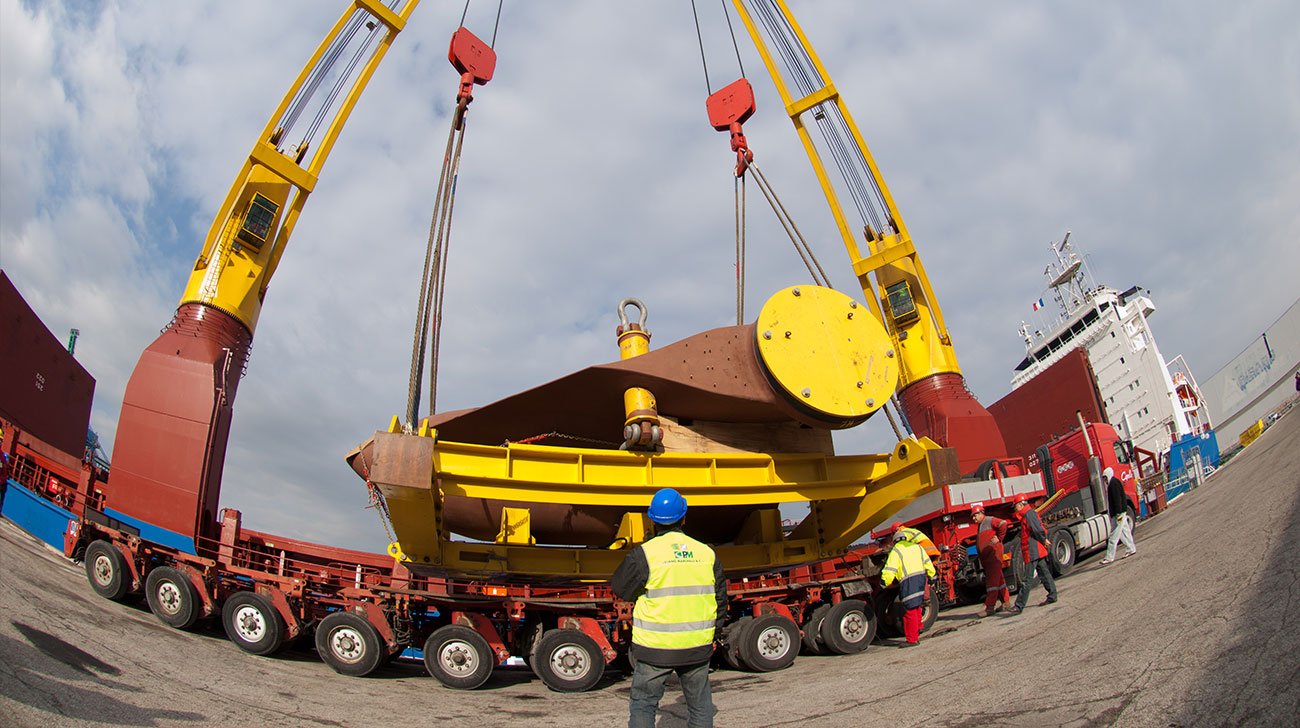
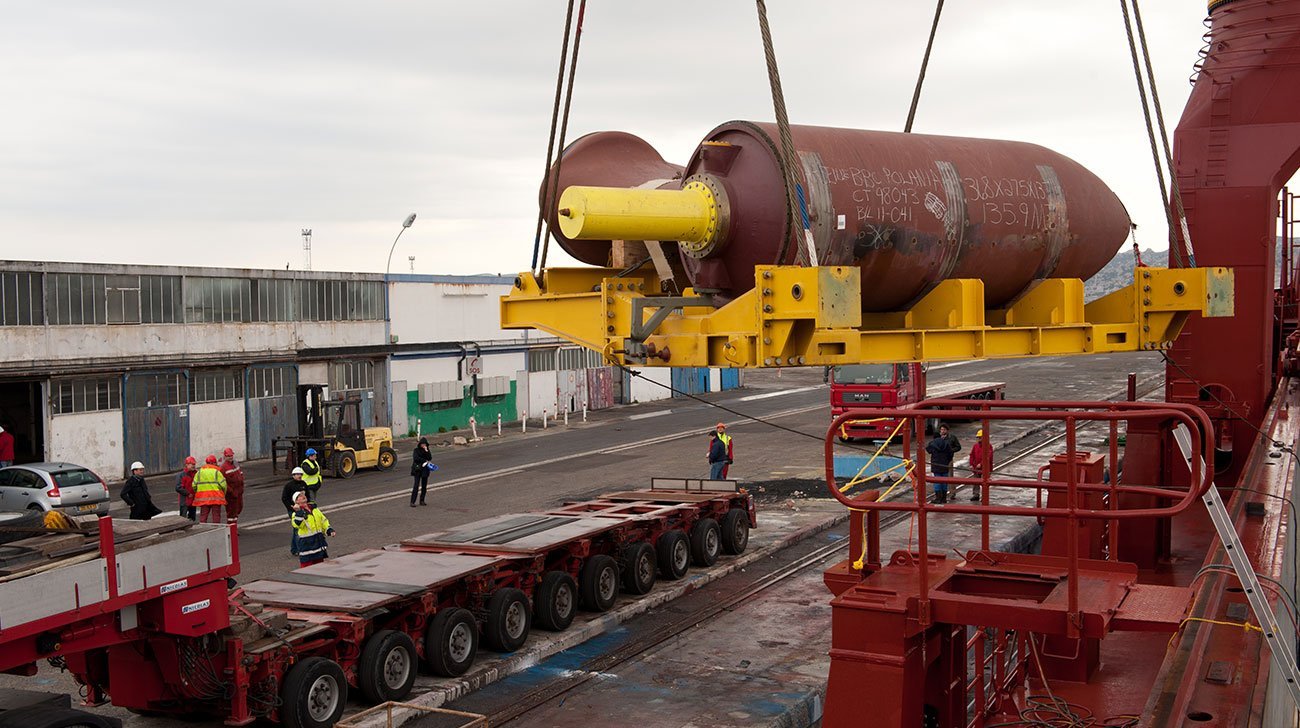

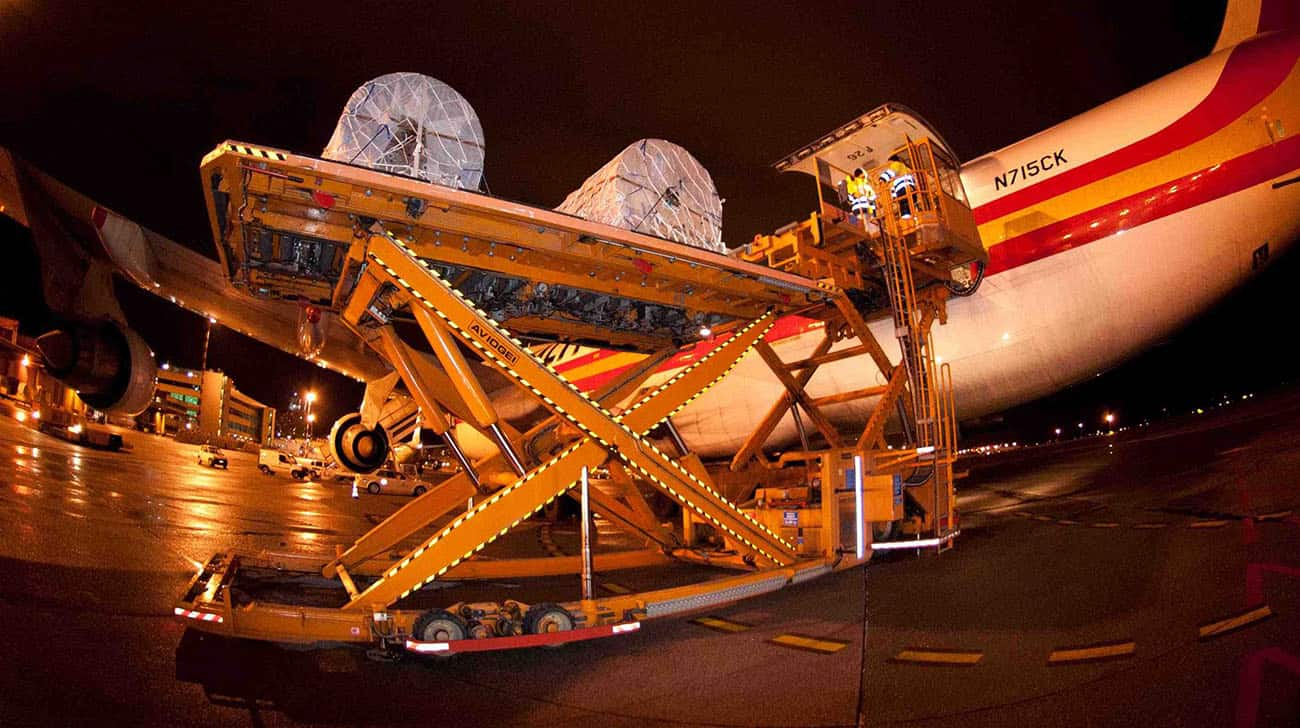


![cover-copyright Offshore Energy[IG-1200x630]](https://prianomarchelli.it/wp-content/uploads/2024/04/cover-copyright-Offshore-EnergyIG-1200x630-1.jpg)
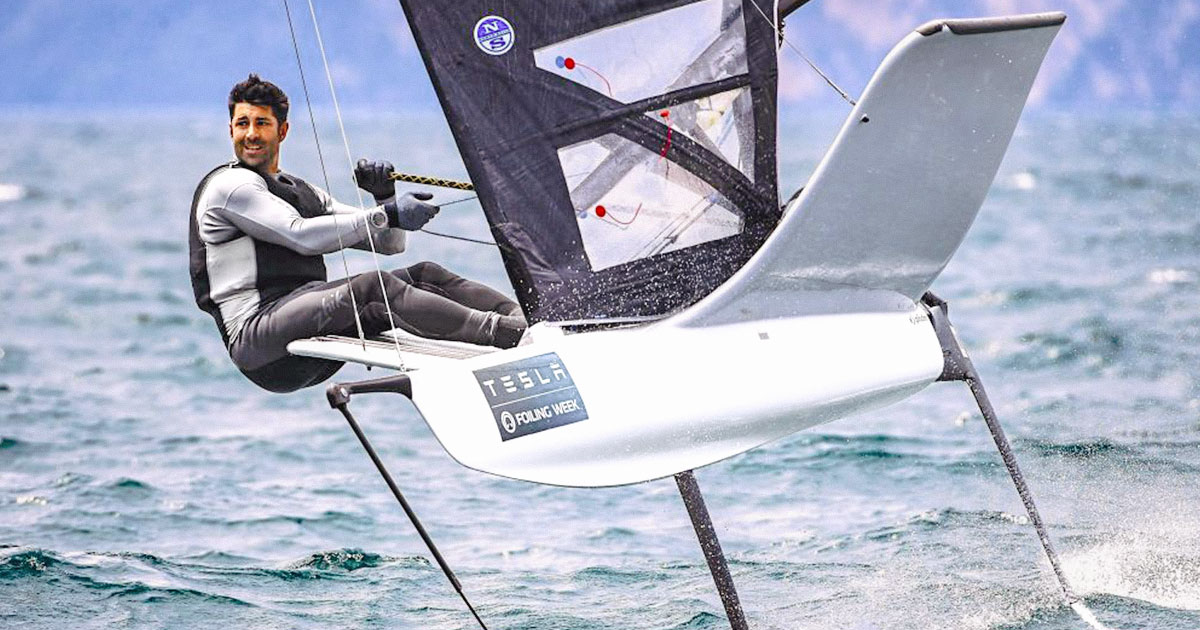
![Genoa-lantern-[copyright-Wikipedia-IG-reel-890x667]](https://prianomarchelli.it/wp-content/uploads/2023/11/Genoa-lantern-copyright-Wikipedia-IG-reel-890x667-1.jpg)


